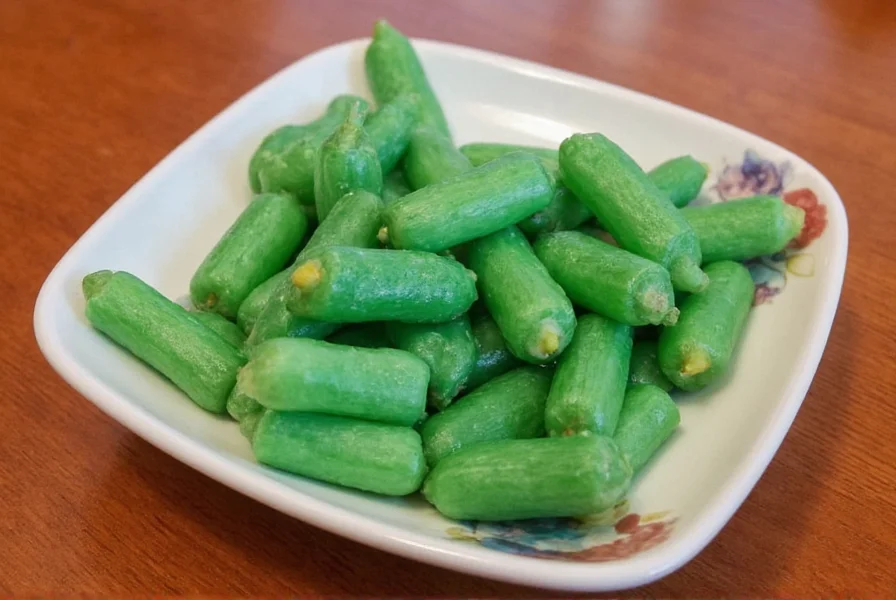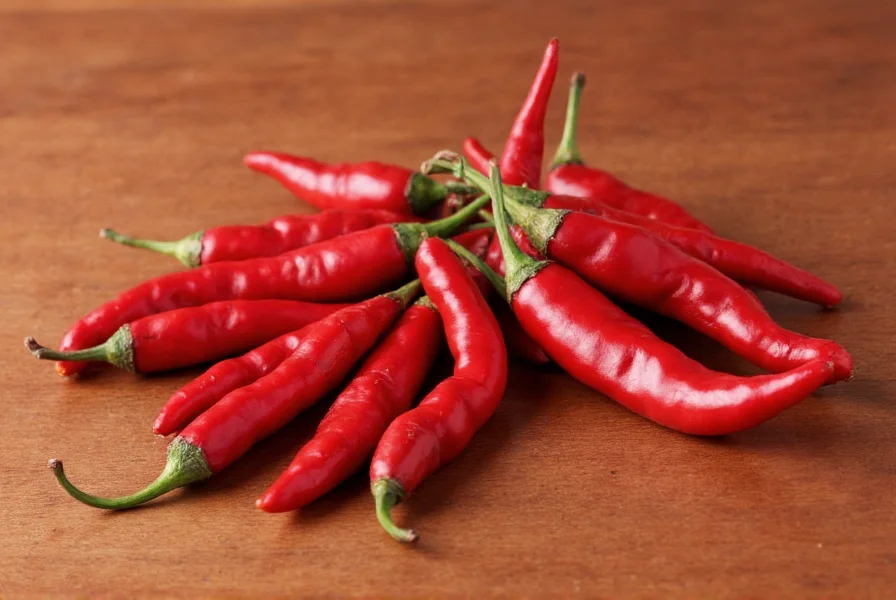Understanding what makes Padrón peppers unique begins with their distinctive flavor profile and unpredictable heat. Unlike standardized commercial peppers, Padróns offer a delightful culinary gamble where approximately 1 in 10 peppers delivers a noticeable kick. This characteristic has made them a beloved tapas staple across Spain and increasingly popular among home gardeners and adventurous cooks worldwide.
Origin and Cultural Significance
First cultivated in the 16th century in the Galician municipality of Padrón, these peppers became so culturally significant that they received Protected Geographical Indication (PGI) status from the European Union in 2010. The unique microclimate of the Padrón region—characterized by humid Atlantic conditions and mineral-rich soil—contributes to the pepper's distinctive flavor profile. Traditional Spanish preparation involves simply blistering the peppers in olive oil and finishing with coarse sea salt, allowing their natural sweetness to shine through.
Flavor Profile and Heat Characteristics
Padrón peppers typically measure between 500-2,500 Scoville Heat Units (SHU), placing them in the mild to medium range. For comparison, bell peppers register 0 SHU while jalapeños range from 2,500-8,000 SHU. The heat variability stems from genetic diversity and environmental factors—peppers exposed to more stress (like drought) tend to produce more capsaicin. When selecting Padrón peppers, look for firm, glossy specimens about 2-3 inches long with vibrant green color.
| Pepper Characteristic | Padrón Pepper | Comparison to Similar Peppers |
|---|---|---|
| Typical Length | 2-3 inches | Shorter than shishito (3-4 inches) |
| Heat Level | 500-2,500 SHU | Milder than serrano (10,000-23,000 SHU) |
| Flavor Notes | Grassy, slightly sweet, vegetal | Less smoky than padrón's cousin, the padrón rojo |
| Ripeness Indicators | Green (immature), red (mature) | Red variants significantly hotter than green |
Growing Padrón Peppers Successfully
For gardeners interested in growing Padrón peppers in home gardens, these plants require warm temperatures (70-85°F), full sun, and well-draining soil with pH between 6.0-7.0. Start seeds indoors 8-10 weeks before last frost, then transplant outdoors after soil warms. The plants reach 18-24 inches tall and produce abundant fruit when properly cared for. Water consistently but avoid overwatering, which increases disease risk. Harvest peppers when they reach 2-3 inches long for traditional preparation, or allow some to ripen to red for more intense heat.
Traditional and Modern Culinary Applications
The classic Spanish preparation method for traditional Spanish Padrón pepper recipe involves heating olive oil in a cast-iron skillet until shimmering, then adding whole peppers and cooking until blistered (about 3-4 minutes). Finish with flaky sea salt and serve immediately. Beyond this simple preparation, chefs incorporate Padrón peppers into:
- Stuffed with goat cheese or anchovies
- Blended into sauces and salsas
- Added to potato omelets (tortilla española)
- Pickled for longer preservation
When cooking with Padrón peppers, remember that heat concentrates in the seeds and membranes. For more consistent heat levels, remove these elements from particularly spicy specimens. The peppers work well in both raw applications (thinly sliced in salads) and cooked preparations.
Nutritional Benefits and Selection Tips
Padrón peppers provide significant vitamin C (152% of daily value per 100g), vitamin A, and potassium. They also contain capsaicin, which may boost metabolism and provide anti-inflammatory benefits. When selecting peppers at farmers' markets or specialty grocers, choose firm specimens without wrinkles or soft spots. Store unwashed in a perforated plastic bag in the refrigerator crisper drawer for up to one week.
Where to Find Authentic Padrón Peppers
Finding authentic Padrón peppers can be challenging outside Spain. Look for them at:
- Specialty Spanish markets
- Farmers' markets (especially in summer months)
- Online seed catalogs for home growing
- Some high-end grocery stores during peak season (July-September)
If you're wondering where to buy Padrón peppers locally, check with regional farmers who specialize in heirloom varieties. Many growers now cultivate them due to increasing popularity. Alternatively, growing your own from seeds ensures authenticity and provides the freshest possible peppers.
Comparing Padrón to Similar Varieties
While often confused with shishito peppers, Padróns have distinct characteristics:
- Shape: Padróns are more tapered with a distinctive curve
- Texture: Thinner skin than shishitos
- Flavor: More vegetal/grassy notes compared to shishito's sweeter profile
- Heat pattern: Padróns follow the '1 in 10' rule more consistently

Frequently Asked Questions About Padrón Peppers
Why are some Padrón peppers hot while others are mild?
The heat variability in Padrón peppers stems from genetic diversity and environmental factors. Approximately 10% of Padrón peppers produce significantly more capsaicin due to natural genetic variation. Stressors like drought, temperature fluctuations, and soil conditions can increase capsaicin production, making some peppers unexpectedly hot despite the same growing conditions.
How do you grow Padrón peppers successfully in cooler climates?
For growing Padrón peppers in northern climates, start seeds indoors 8-10 weeks before last frost using a heat mat to maintain 80-85°F soil temperature. Use black plastic mulch to warm soil when transplanting. Choose a south-facing location with maximum sun exposure and consider using cloches or row covers during cooler periods. Container growing allows moving plants to optimal sun locations and protects from unexpected cold snaps.
What's the best way to preserve Padrón peppers for year-round use?
The most effective preservation method for storing Padrón peppers long term is pickling. Blanch peppers for 2 minutes, then pack in sterilized jars with vinegar brine (equal parts vinegar and water with 1 tbsp salt and 1 tsp sugar per cup). Add garlic cloves or peppercorns for flavor. Properly canned peppers maintain quality for 12-18 months. Freezing works but alters texture, while drying concentrates heat significantly.
Can you eat Padrón peppers raw?
Yes, you can safely eat raw Padrón peppers in salads or as crudités. Raw peppers have a grassy, slightly bitter flavor with crisp texture. The heat sensation may feel more intense when raw compared to cooked, as cooking mellows the capsaicin. When eating raw, be cautious with unfamiliar peppers as the heat can be more pronounced. Thinly sliced raw Padróns work particularly well in tomato-based salads or as a garnish for seafood dishes.
How do red Padrón peppers differ from green ones?
Red-ripe Padrón peppers have allowed to mature fully on the plant, developing deeper sweetness and significantly more heat (often 2-3 times hotter than green counterparts). The red variants contain higher capsaicin concentrations and more developed sugars. While green Padróns are traditionally used for tapas, red ones work better for sauces, salsas, or drying. The red color indicates higher carotenoid content, providing additional antioxidant benefits compared to green peppers.











 浙公网安备
33010002000092号
浙公网安备
33010002000092号 浙B2-20120091-4
浙B2-20120091-4